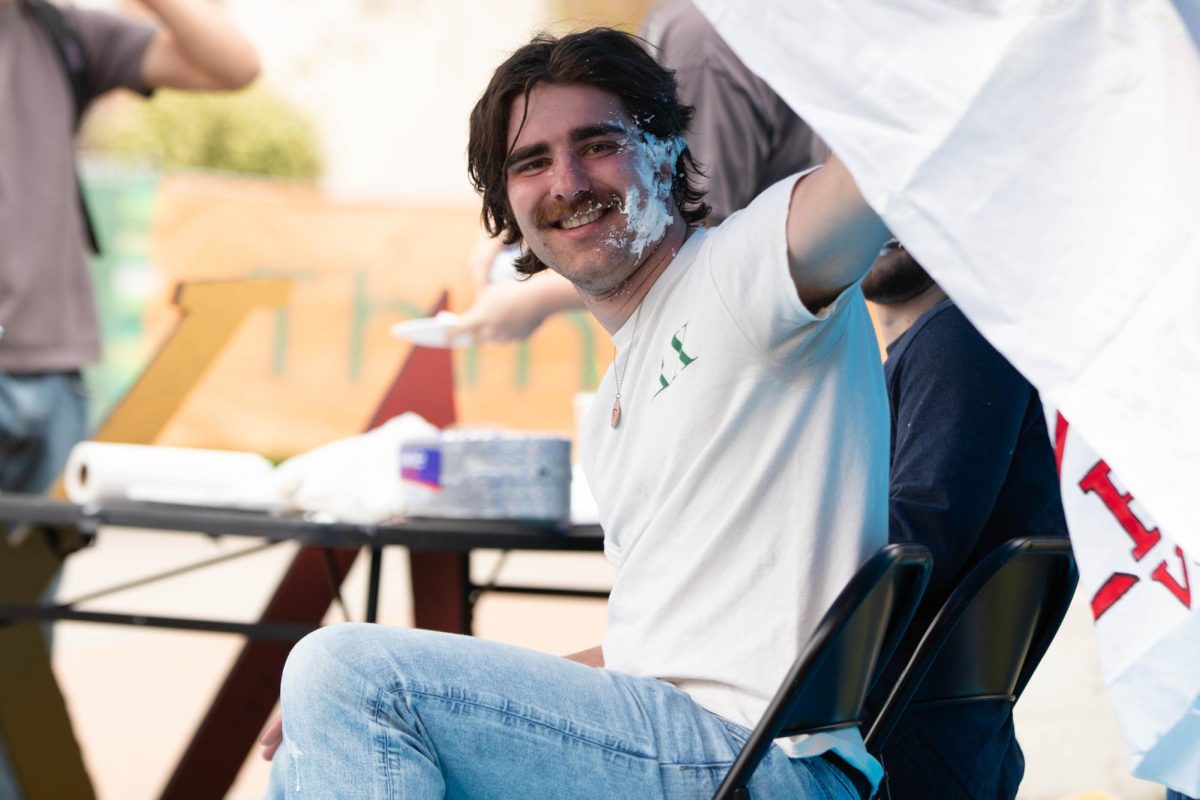
Editor’s note: The information in this article was gathered from Colorado State University’s archives and special collections.
A look into Colorado State University’s archives and special collections reveals several monumental moments for women. From shutting down a student-ran Playboy Club to making landmark Title IX policies, the women of CSU certainly deserve to be celebrated.
Evelyn M. Hermann, 1932
Hermann became the first female to earn her D.V.M from the veterinary program, despite enduring bullying by cohorts and faculty, as it was uncommon for women to be in science programs. One certain professor, Dr. James Farquharson, nicknamed “the Bull,” was especially hard on Hermann, accusing her of not taking an exam. Ample evidence proved Farquharson wrong. She later married another veterinary student named Hilan Keagy. The two moved to Beverly Hills, where their thriving small animal practice was the choice of many Hollywood stars.
Farquharson remained on staff and refused women to enter the veterinary program for many years, even after Hermann graduated. WWII pushed women into traditional men’s career roles, and Farquharson reluctantly started to accept women into the program; however, male classmates still tried to force their female classmates back to home economics, where they thought women belonged. Now, nearly 85% of CSU’s veterinary program are women, according to the College of Veterinary Medicine and Biomedical Sciences.
Policy change for women’s housing, 1966
Through the ‘50s, female students were required to live in residence halls or “approved” housing and had to adhere to a curfew. At the same time, men could live where they wanted and stay out as late as they wanted.
“Weekdays, freshmen women must be in no later than 9:30,” reads a 1957 issue of the Collegian. “Fridays and Saturdays, the deadline is 1 a.m. and Sundays the evil hour is 11:00 p.m.”
A decade later, the demand to drop old housing rules was very prominent. ASCSU passed a resolution demanding total gender equality for housing and made their case to the State Board of Agriculture. University President William Morgan and the State Board of Agriculture changed policies, allowing women to live in off-campus housing with an extended curfew that was much more reasonable. However, a sign in sheet was still required to document times of women leaving and returning, for “safety reasons.”
Shutting down the Ingersoll Playboy Club, 1972
In 1966, Ingersoll Hall hosted their first Playboy Club, calling it a new way to raise money. These clubs were rising in popularity across the country, and Ingersoll Hall Government obtained permission from Playboy Enterprises to use the bunny logo and name for the annual event.
“This one night only spectacular will sport any and all forms of entertainment from provocative playmates to teasing taxi girls,” reads a 1966 issue of The Collegian.
Opinion pieces later published in The Collegian expressed that the club was a blatant example of the subordinate view Playboy has on women, exploiting them as sex objects. In February of 1972, the Radical Women’s Caucus confronted the bunnies of the club and their supporters, stating that women are taught their societal roles early on and that these roles are usually to gain the attention of a man. Other issues including motherhood, lesbianism and struggles of the working woman were also discussed. The Caucus and many supporters eventually help shut down the club.
Support for Title IX, 1974-1984
In 1974, more women’s varsity sports came to CSU, thanks to Title IX rules. Women’s basketball began competition as well as swimming and diving, track and field, cross country, field hockey, tennis, golf and volleyball. Nine women’s varsity sports teams worked to comply with Title IX mandates with the help of Margaret Duncan, director for the Equal Opportunity Office. The deadline was 1978, and CSU was short $81,000 for funding. This figure was disputed, and the full mandates continued to be pushed back. Thankfully in 1984, after many news articles questioned what was next for CSU and Title IX, the State Board of Agriculture approved a plan to helped CSU comply with Title IX. The plan helped increase funding for all women’s sports.
“Before allowing women’s varsity sports facilities on campus didn’t even have locker rooms for women,” said CSU Special Collections and Archives coordinator, Gordon “Hap” Hazard. “The Title IX mandated construction of locker rooms and better office space for female coaches.”
The founding of the Commission on Women and Gender Equity, 1997
Towards the end of the 21st century, many women felt unequal to their cohorts. The founding of the Commission on Women and Gender Equity has helped push CSU to better represent the women who work and study on campus.
“We are working hard to make CSU a better place for women to learn and work and study,” said Dr. Susan James, chair of the commission and department head for mechanical engineering. “If we succeed at that, we will make it a better campus for everyone to do the same thing.”
University President Albert Yates created task force to take a better look at the status of CSU women. This task force recommended solutions to social and economic hurdles women had to endure.
Collegian reporter Sarah Ehrlich can be reached at entertainment@collegian.com and on Twitter @sarahehrlich96.







